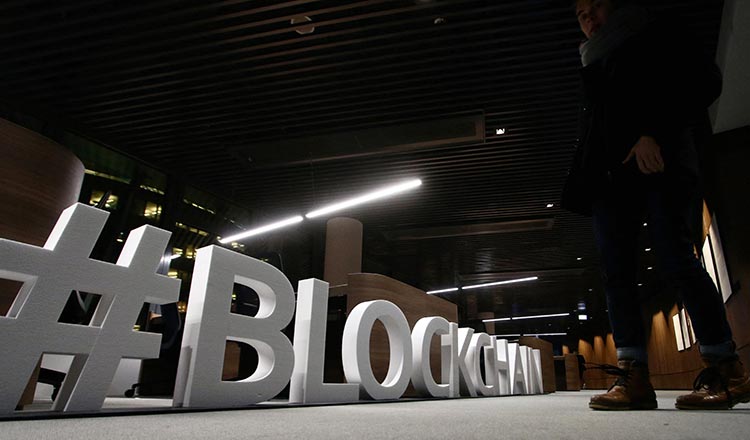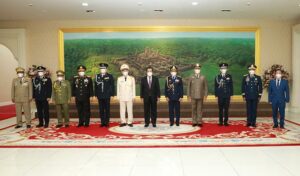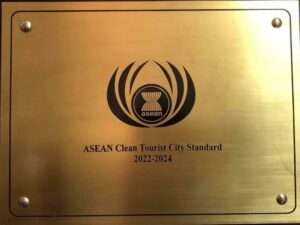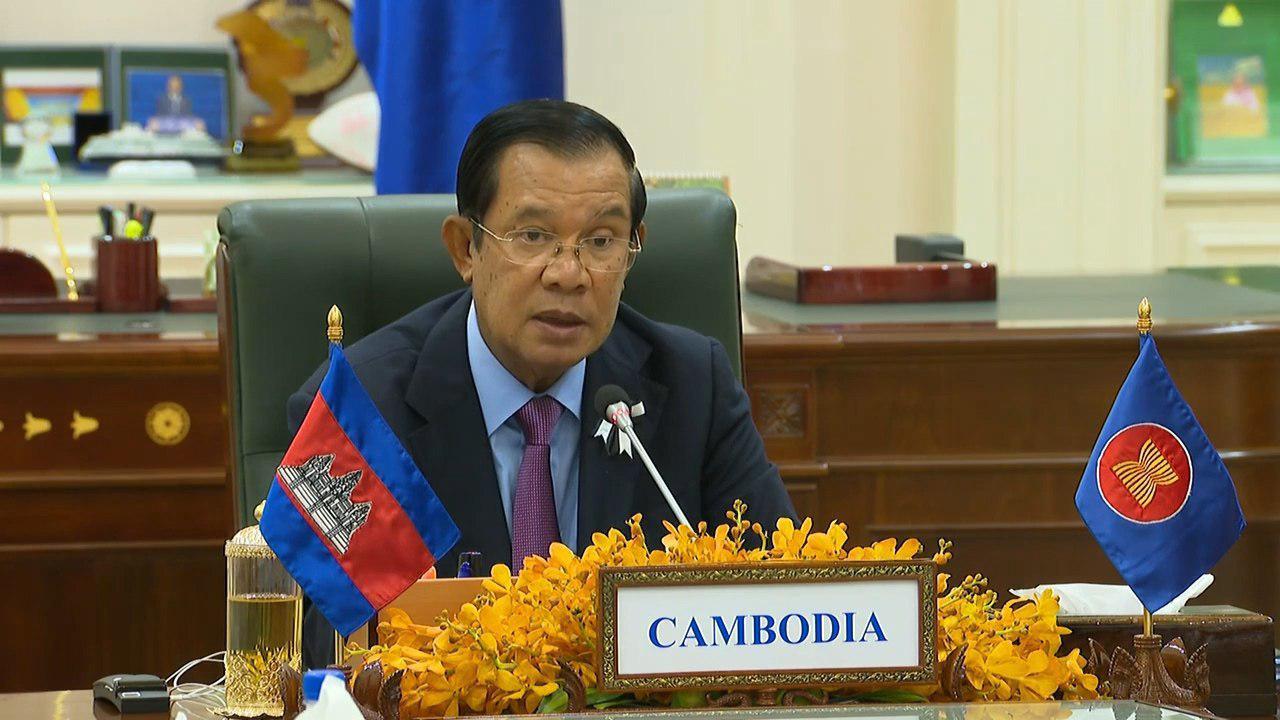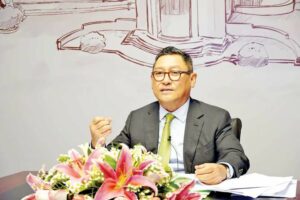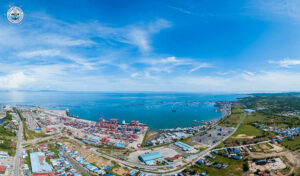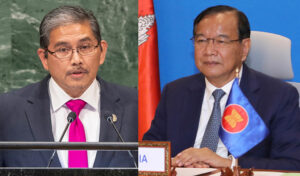ADB to develop cross border blockchain transactions in ASEAN+3
Further exploration into the potential of blockchain technology is being carried out now by the Asian Development Bank (ADB) in an ambitious project involving central banks and Central Securities Depositories in Asia and the Pacific region, in the development of a transfer system that has the objective to make cross-border transactions faster and more secure.
Satoru Yamadera, Advisor for ADB’s Economic Research and Regional Cooperation Department told Khmer Times more about the project which the bank started working on January 26. “We will develop a proof-of-concept (POC) on cross-border multi-currency delivery-versus-payment, which connects a securities transfer system and a funds transfer system that ensures that delivery occurs only if payment occurs,” Yamadera said, adding: “It is a method and mechanism that prevents the risk of paying for a cross-border transaction.”
It has been universally acknowledged by banking experts for cost-cutting advantages and the added security that blockchain technology can bring to transactions leading to more research into its applications.
ADB’s ambitious initiative brings together the experience of technology companies ConsenSys, Fujitsu, R3, and the Japanese company Soramitsu, which has already partnered with the National Bank of Cambodia to create the award-wining digital payment system, Bakong, with its 270,000 plus users in the country and whose app is also based on blockchain technology.
The Cross-border Settlement Infrastructure Forum (CSIF) was set up by the central banks and Central Securities Depositories (CSD) of the ASEAN+3 nations — which are the ASEAN countries plus China, Japan and South Korea — with the objective to facilitate cross-border bond and cash settlement infrastructure in the region.
“This POC will be conducted by ADB under ADB’s Digital Innovation Sandbox program. ADB will report the outcome of the POC to the CSIF,” explained Yamadera.
According to the ADB, cross-border securities transactions in the ASEAN+3 region are currently processed through a global network of custodians and correspondent banks, which go through global centres in either the United States or Europe. As a result, intra-regional transaction settlements in ASEAN+3 take at least two days, due to time differences as well as varying operating hours for markets within the same time zone thus the creation of a regional system of making instant cross border transactions would eliminate the risk involved in waiting for payment deliveries as well as the cost.
However, would this mean that the work to introduce this transfer system would be met with resistance from the existing system? “Not necessarily,” answers Yamadera, saying that “new technologies can improve various existing financial transactions. New technology such as blockchain can be used to improve efficiency and reduce transaction costs of existing banking transactions.”
He went on to explain: “It is important to differentiate the use of blockchain technology and crypto-asset. We do not expect to utilise crypto-asset such as bitcoin for cross-border transactions. Blockchain technology can be utilised for smart contract[s]. Various transactions can be executed with blockchain technology without crypto-asset.”
When asked if this blockchain technology could add further to the issues of energy consumption that Bitcoin presents, Yamadera drew the distinction between public blockchain like Bitcoin, “which is based on the Proof of Work incentivising mining, consuming huge computer power, thus, electricity. But the blockchain we will employ will be based on different technology and different form of cryptographic proof methods. Thus, it will not consume much electricity. It is necessary to note technological advancement is very rapid. Even in the field of crypto-assets, a new crypto-asset with more efficient and environment-friendly technology may emerge.”
The first phase of the project, which involves the designing of the network, is scheduled to be completed by March 2022. The second phase, or the “prototyping phase” is scheduled for April-June 2022. Khmer Times

